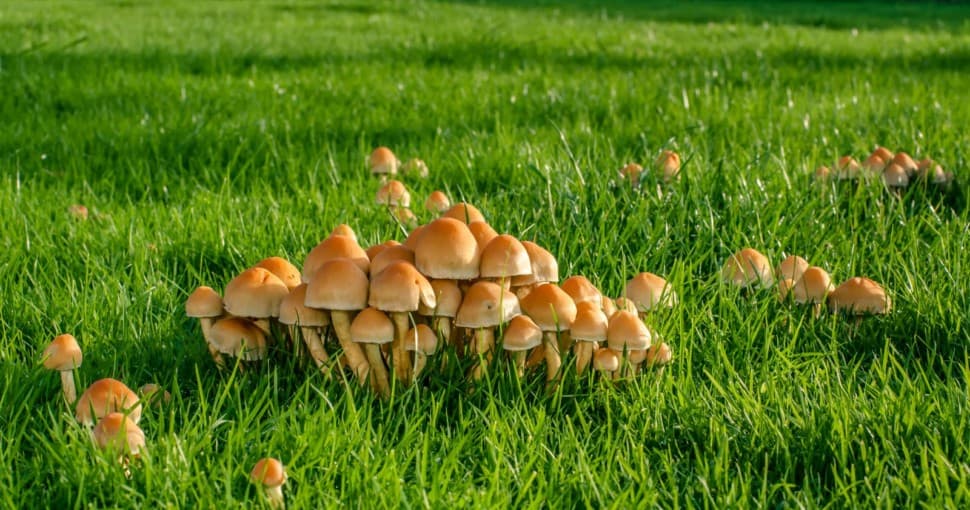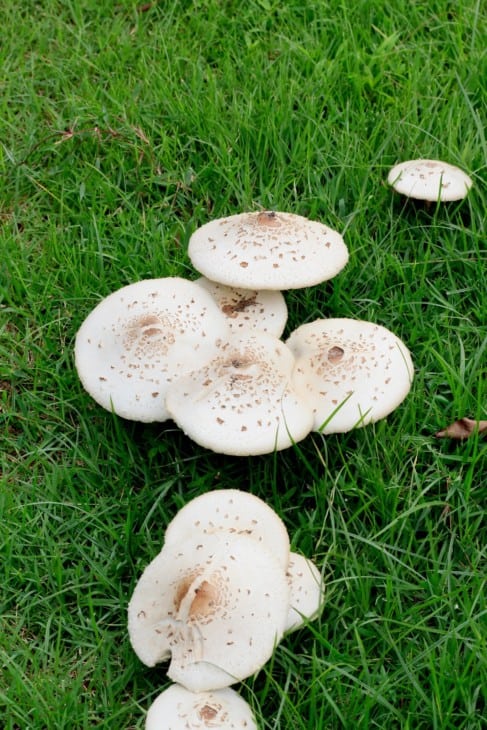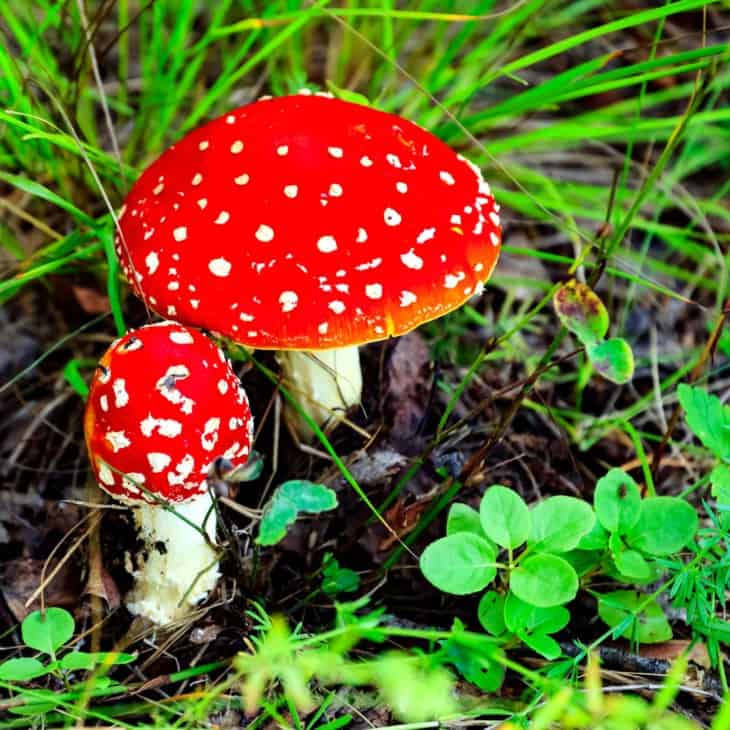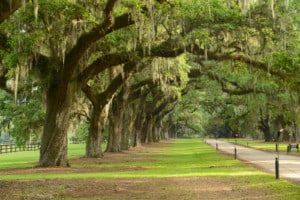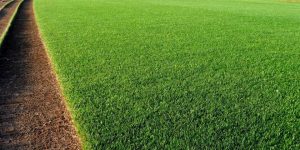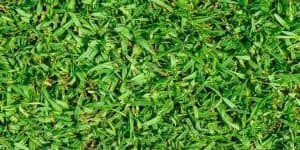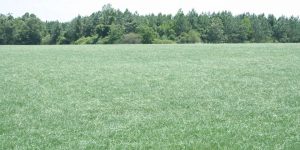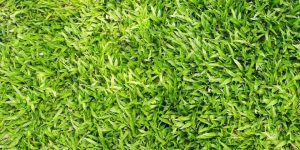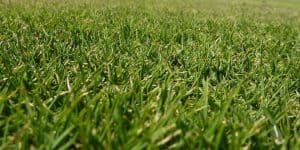Everyone has heard about poisonous mushrooms growing in the woods, but mushrooms can be found anywhere, even in your own yard. Since you don’t always know which mushrooms are poisonous and which ones are edible, it’s good to educate yourself a little so that you don’t make a dangerous mistake.
Contents
So, are lawn mushrooms edible? The answer is, some of them are and some aren’t. It is therefore crucial that you learn the difference, so you can scoop up the edible ones and use them in all of your favorite dishes.
Some Facts About Mushrooms
Not all mushrooms are edible mushrooms, but most of the ones found on the lawn are safe to eat. It is very rare to find deadly mushrooms growing in a lawn; however, it does happen, so you must be sure before you eat any of the mushrooms on your lawn.
As a general rule, mushrooms are a sign of:
- A healthy lawn with healthy soil. The more mushrooms you find, the healthier your lawn is!
- A decaying tree. If you want to get rid of the mushrooms, you have to get rid of any decaying wood in the yard.
Some people love the mushrooms growing in their yard, and others do not. There are easy ways to get rid of them, but if you’d like to know which ones you can eat and which ones to leave alone, it is sometimes difficult to do.
Are There Easy Ways to Determine Which Mushrooms Are Edible?
The number of people being poisoned by wild mushrooms is going up, so obviously not everyone can tell edible mushrooms from poisonous ones. In general, it is extremely difficult to tell the difference simply because there is such a huge variety out there.
You can, however, do three things to increase your chances of finding out which mushrooms can be eaten and which ones can’t. These include:
- Go ahead and pick the mushrooms, then consult with an expert who can examine them and let you know if they’re edible or not.
- Learn slowly about mushrooms. Pick a type to learn about, then study them. Next, move onto another type to build your repertoire and learn more about them.
- Never go by instinct. If you aren’t 100% positive the mushrooms can be eaten, don’t eat them. It’s just that simple.
To know if a mushroom is edible or not, you have to know enough about that particular mushroom to know for sure. This takes time, so if you are somewhat sure it is edible, don’t take a chance. You have to be 100% sure each and every time.
Some Examples of Edible and Poisonous Mushrooms
Having said all this, you can never be too sure about any mushroom – unless you are thoroughly familiar with a certain type that you’ll recognize every time you see it. Below are a few examples of edible and poisonous mushrooms.
Edible Mushrooms:
- Hen of the Woods (Maitake) mushrooms. Found at the bases of trees, these mushrooms are usually grayish-brown in color and are quite large, usually weighing 3 to 15 lbs, although some get up to 50 lbs.
- Oyster mushrooms. True to their name, these mushrooms look like oysters and grow on dead or decaying wood (trees). They can be anywhere from two to eight inches in width.
- Sulphur Shelf mushrooms. Also called chicken mushrooms, they are bright orange or yellow in color and grow on hardwood trees in North America and Europe. They have a very meaty taste.
Poisonous Mushrooms:
- Conocybe filaris mushrooms. These have caps that are smooth and cone-shaped and they are brownish in color. They are also extremely toxic and can cause death if consumed.
- Deadly Galerina mushrooms. Also called Autumn Skullcap mushrooms, their caps are small and brown and they grow mostly on rotting wood.
- Death Angel mushrooms. Found in the West Coast of the United States, these mushrooms are mostly white in color and can cause severe illness and even death.
- Death cap mushrooms. These are some of the most poisonous mushrooms out there and are responsible for most of the mushroom-related deaths each year. They can be found all over the world.
- False morels. They look much like True morels, which are edible, making them especially dangerous. The main difference is that False morels are not completely hollow when you cut them.

